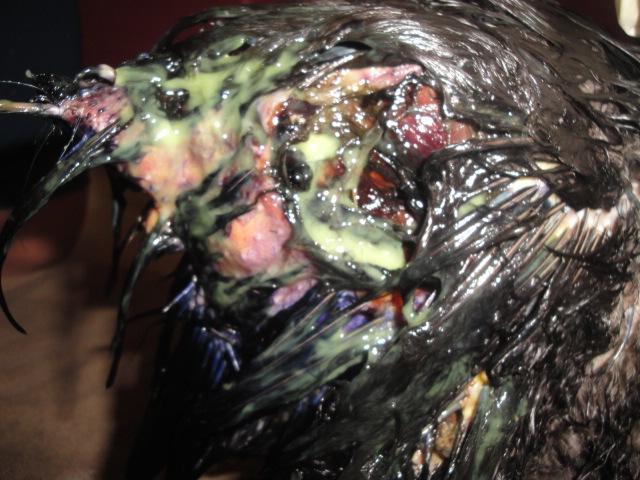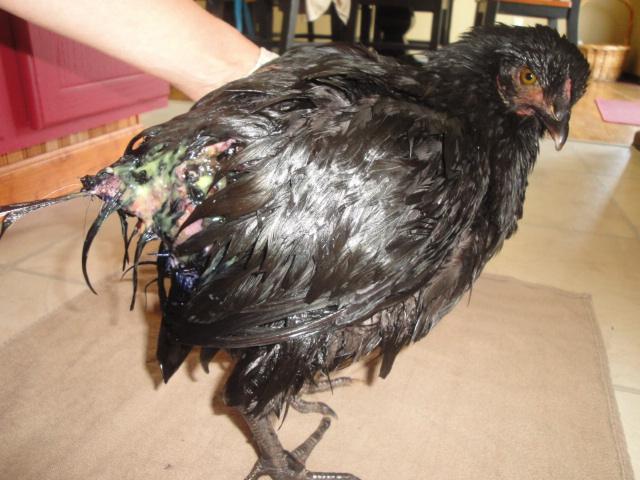Thanks tiki244. My hubby and I are planning to give the regeneration method a try. The NFZ seems to be keeping the area quite moist for now. It's a wound dressing with .2% Nitrofurazone for dogs, cats, and horses. We got it at Fleet Farm on recommendation from a lady working there. The caution on it warns to not use on animals for food, which makes me uncomfortable with it. We don't plan to eat Sammi but hopefully we won't need to use this much longer. I think we'll probably switch to neosporin type when the maggots are gone. I'll talk to hubby about the antibiotics, he's had more experience with that sort of thing.
Sammi's personality fits with the description I read about Australorps, although she doesn't have as much of the red part on her forehead/brow area. Maybe that comes with maturity, she's still young yet. I'm looking forward to the eggs in a month or two. She is very sweet and gentle, the most tame of the group.




